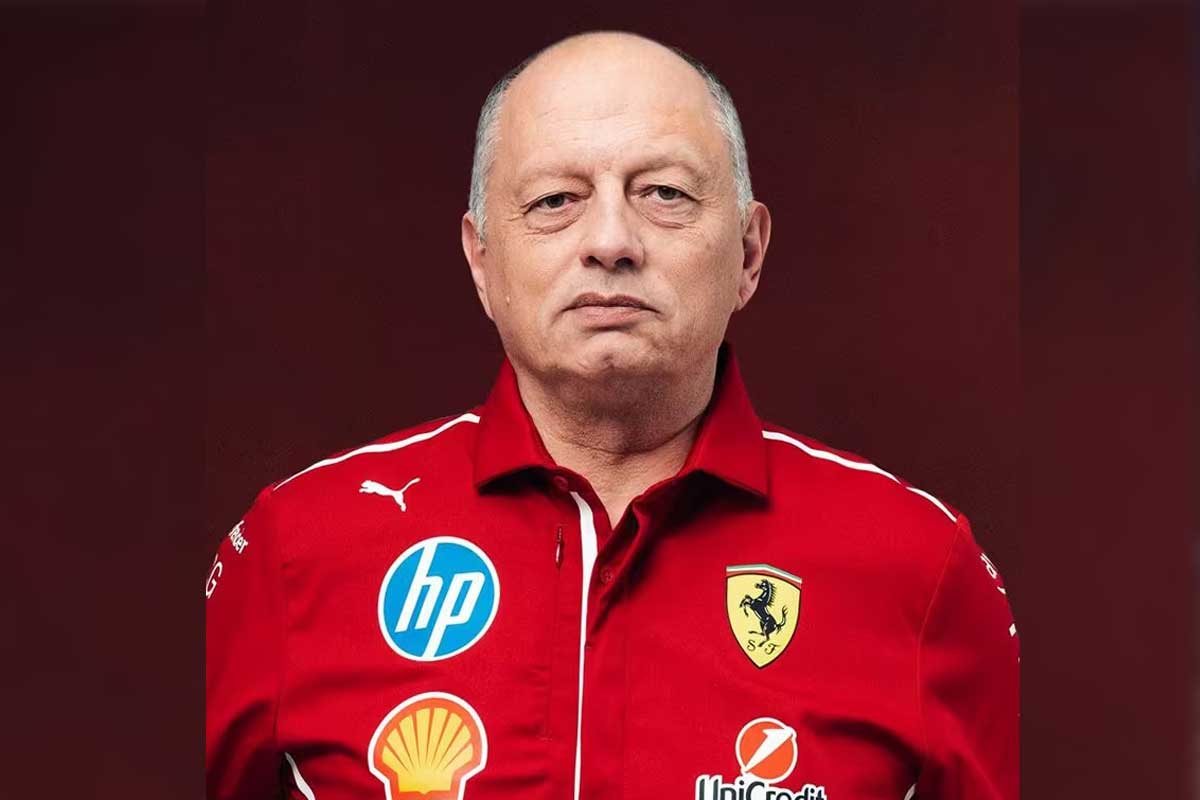
While the Ferrari SF-25 continues to blow hot and cold in the Formula 1While recent aerodynamic changes, notably to the front wing, have not transformed the car's overall performance, it was an unexpected tire detail that Frédéric Vasseur, the car's main team, was able to confirm. Scuderia Ferrarihas chosen to highlight.
Qualifications still a problem
Two consecutive podium finishes for Charles Leclerc in Monaco and Barcelona have enabled Ferrari to regain second place in the Constructors' standings. A return to form? Perhaps. But on closer inspection, the SF-25 remains extremely sensitive, particularly in qualifying. "This car suffers more in qualifying than in the race," explains Vasseur. It's not a new phenomenon, but it's getting worse: at Imola, the Scuderia was absent from Q3 before moving up the order on Sunday.
The heart of the problem lies in the difficulty of getting the single-seater into the right tire "operating window". And that's where the astonishment begins.
Faster on worn tires
"At Imola and Miami, we were faster in qualifying on worn tires than on new ones. I've never seen anything like it in my life," confided Vasseur in an interview with La Stampa. It's a disturbing admission, revealing just how much of a headache rubber management is for Maranello's engineers today. In ultra-competitive F1, where a few hundredths make the difference between the first and third rows, Ferrari simply has no room for error.
This inability to get the best out of the tires on the first lap often leaves the Ferraris behind on the grid. A frustrating situation, as the race pace seems far more competitive.
Crucial developments expected at Silverstone
If the Scuderia continues to make small changes, it's the arrival of a revised rear suspension, expected for Silverstone, that could change things. The aim is to improve the single-seater's stability and give it more headroom: a crucial lever for improving overall handling, without compromising the integrity of the flat bottom.
Vasseur stays the course
Despite the continuing difficulties, Vasseur refuses to throw in the towel on 2025. "We still have developments in progress. It's not yet time to think only of 2026," he asserts. He also emphasizes the progress made by Charles Leclerc, who is clearer in his technical feedback, and the constructive collaboration with Lewis Hamilton, despite the seven-time world champion's ongoing adaptation.
The mystery of the tires in qualifying, coupled with a mechanical evolution expected at Silverstone, suggests better days ahead for Ferrari. But only if they can quickly solve this double enigma: understanding why worn tires work better than new ones, and above all, exploiting the full potential of a single-seater that is still too "sensitive".
Eso no va pasar. Solo que Hamilton manifieste su deseo de irse. Si Hamilton no logra que le quiten a Adami y le descubran los defectos del Ferrari, entonces para el 2026 será el triunfo de Ferrari con Lewis Hamilton. Si Ferrari se le ocurriera llamar a Sainz o cualquier otro piloto para sustituir unilateralmente a Hamilton tendría que pagar los años de contrato completo más una indemnización enorme, no le va quedar dinero para su funcionamiento regular. Hamiltonen no es cualquier piloto. Cuando Checo Red Bulls tuvo que bajarse con una buena cantidad imaginate con Hamilton.